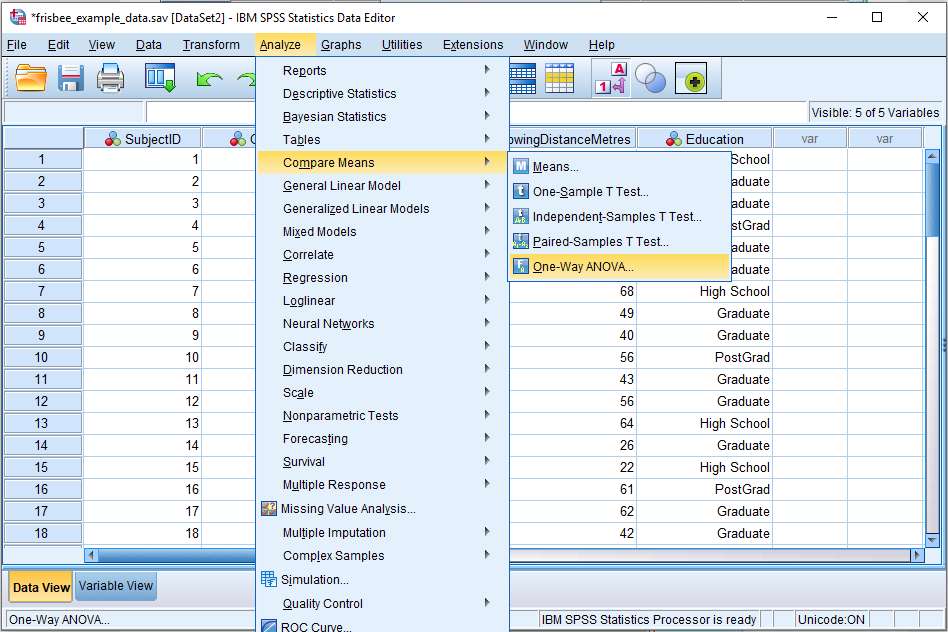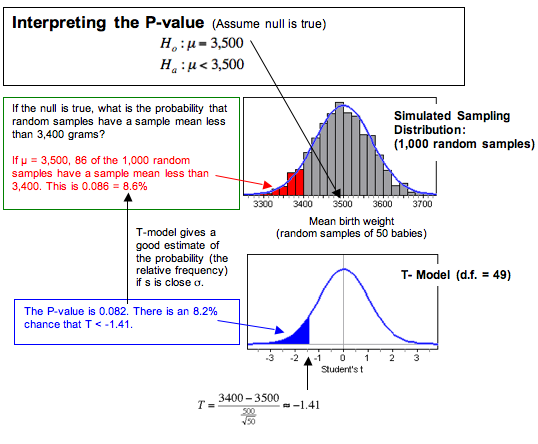

The null hypothesis for this example will be: Each group’s data is separated into different columns. In total, I have 20 data points for each group. I will use a theoretical example of comparing the concentrations of a certain protein between a control and treated group of individuals. Then select ‘ Enter replicate values, stacked into columns’ as the ‘ Enter/import data’ choice.Īlternatively, you can go to ‘ File > New > New Data Table & Graph …’. Upon opening GraphPad Prism, select the ‘ Column’ type for the ‘ New Table & Graph’ option. To perform a Mann-Whitney U test in GraphPad Prism you will need to enter two groups of data into separate columns.
The distribution and shape of the data in the two groups should be similar. Each data point should be independent of each other. There should be two groups of data present. The variables of interest contain continuous or ordinal data. 
Assumptions of a Mann-Whitney U testīefore performing the test, it is important to check that your data satisfies the assumptions of a Mann-Whitney U test. I will also show you how to interpret and report the results.
Non-linear regression – constraints, bottom=0 and top=100 comparison, Log 10(EC 50), using an F-test at 0.In this guide, I will explain how to perform a Mann-Whitney U test in GraphPad Prism. Normalise so that the smallest ‘% inhibition’ is set at 0% and the largest is set to 100%. Using the ‘Analysis’ tab in Graphpad Prism… Process your data in Excel (see analysis template) the output from the reader needs to be converted into ‘% inhibition’ and reorganised for GraphPad Prism. NB: after the final 6 hour incubation, plates can be placed at -20C and analysed the next day, if necessary Place at 37☌ in a 5% CO 2 incubator for ~66 hoursĪfter 66 hours add 20 µl 0.125 mg/ml resazurin (Sigma) to each well and incubate for a further 6 hours the resultant colour change in the presence of living cells (from blue to pink) can be quantified on a plate reader: excitation, 530 nm emission, 585 nm filter cut-off, 570 nm. Place 100 µl cells into each well in columns 2-12 (final concentration of 2×10 3 cells per ml). Take 100 µl from each well in column 12, transfer to column 11 and pipette up and down three times to mix repeat, generating a two-fold descending dilution series from column 12 to 3, inclusive. Dilute the selective agent to twice the required high concentration and place 200 µl into each of the wells in column 12. Place 200 µl media into each well in column 1, and 100 µl into all the wells in columns 2-11. Adapted from Raz et al (1997) Acta Trop 68:139 see also, Baker et al (2011) Mol Biochem Parasitol 176:55






 0 kommentar(er)
0 kommentar(er)
